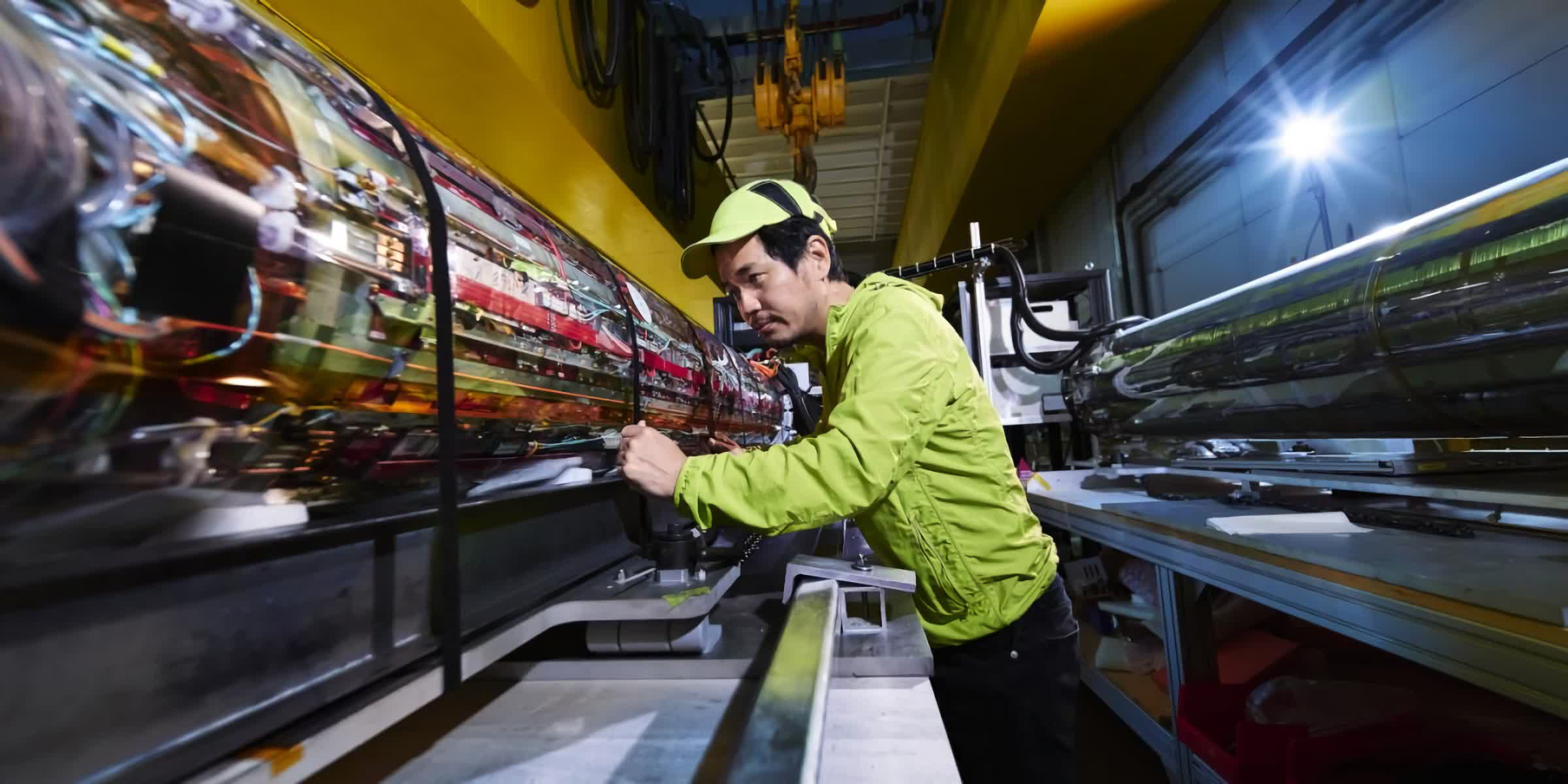In context: Antimatter on the atomic scale is identical to normal matter. The difference is that it has an opposite charge. Therefore when the two meet, they annihilate each other. It is difficult to produce and even harder to analyze because of this property.
Researchers in CERN's ALPHA (Antihydrogen Laser Physics Apparatus) at the University of British Columbia have discovered a way to lower antimatter's temperature to near absolute zero using a laser. This breakthrough will make it easier for physicists to study the volatile material. Cooling antihydrogen atoms to almost zero Kelvin slows them down enough that scientists can take more precise measurements and perform experiments with them.
"With this technique, we can address long-standing mysteries like: 'How does antimatter respond to gravity? Can antimatter help us understand symmetries in physics?'" said UBC's Takamasa Momose, who led development on the laser. "These answers may fundamentally alter our understanding of our Universe."
Physicists have been cooling and manipulating atoms with lasers for the last 40 years. The technique has led to stunning breakthroughs in atomic physics, with some of the work winning Nobel prizes. However, this is the first time researchers have successfully applied the process to antimatter.
"It was a bit of crazy dream to manipulate antimatter with laser," said ALPHA-Canada spokesperson Makoto Fujiwara, and the original proponent of the laser cooling idea. "I am thrilled that our dream has finally come true as a result of tremendous teamwork of both Canadian and international scientists."
The excitement of the discovery has researchers anxious over future prospects. Momose and Fujiwara have already formulated a project dubbed "HAICU," which hopes to open up new quantum techniques for studying antimatter.
"My next dream is to make a 'fountain' of anti-atoms by tossing the laser-cooled antimatter into free space. If realized, it would enable an entirely new class of quantum measurements that were previously unthinkable," Fujiwara said.
Momose also believes the freezing technique may also allow them to join antiatoms together to create the first-ever antimolecule.
This breakthrough is just the latest of achievements in ALPHA's decades-long research. UBC Science notes that in 2011, researchers set a world record by trapping an antihydrogen atom for 1,000 seconds. They also mapped the antihydrogen spectrum in 2012 and set "guardrails" for containing gravity's effects on antimatter in 2013.
Image credit: Maximilien Brice

